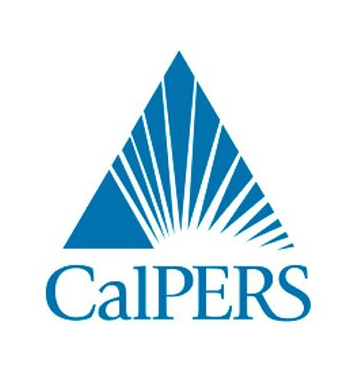
BY ELAINE GOODMAN
Daily Post Correspondent
Palo Alto officials want to start budgeting for employee pension costs based on financial estimates that they think are more realistic than those used by the state retirement system, a move that would add millions of dollars a year to city expenses.
The extra pension costs would mean making cuts in yet-to-be-determined areas of the city budget. To help in the process, City Manager Jim Keene has recommended an intensive, six-month review of city programs to include their cost, funding sources, staffing needs and results they achieve. On Oct. 29, the City Council is scheduled to review the proposals, which the council’s Finance Committee endorsed last month.
Each year, the California Public Employees’ Retirement System, or CalPERS, calculates how much the city must pay to fund pensions for current employees.
CalPERS then tacks on an additional payment amount to help whittle down the city’s unfunded pension liability. That’s the gap between the amount that will be needed to pay employee pensions into the future and how much the city has set aside so far.
CalPERS has calculated Palo Alto’s pension payment for the next fiscal year, which begins July 1, 2019, at $45.6 million. That includes $15.2 million for public safety worker pensions and $30.4 million for other employees.
But the city thinks that it will need to pay more to cover the pension costs: an extra $7 million next year, including $5.5 million from the general fund.
The difference in opinion is because CalPERS is basing its calculations on a 7.25% rate of return on its investments. In contrast, the city thinks the rate of return will be 6.2%, based on a 10-year projection made by a CalPERS consultant in 2016.
If the retirement system’s rate of return is lower, the city’s costs to fund pensions will be more. That applies not just to Palo Alto, but to other cities and agencies that participate in the retirement system.
Investment returns fluctuate substantially
CalPERS’ rate of return, also known as the discount rate, fluctuates substantially. The system’s estimated investment return for the 12 months ended June 30 is 8.6%. The year before, the return rate was 11.6%. But in 2016, the return rate was only 0.6%. In 2009, the system suffered a 24% investment loss.
In late 2016, CalPERS announced that it was lowering its discount rate from 7.5% to 7.0% in phases over three years, meaning that cities would typically have to pay more into the system.
The discount rate also affects the size of a city’s overall pension gap.
Palo Alto’s pension gap has been growing steadily, from $250 million in June 2014 to $405 million in June 2016 and to $415 million as of June 2017, the most recent figure available. The pension gap as of last year consists of $154 million of unfunded liability for public safety employees plus $261 million for other city workers. The figures are based on a 7.375% rate of return.
A rate of return of 8% would decrease Palo Alto’s pension gap as of June 2017 to $315 million, while a rate of 6% would increase the gap to $606 million. A 3% rate would raise the liability to $1.2 billion.
As a comparison, the city’s general fund budget for this year is $211 million.
Tight budget
The additional pension expense expected in next year’s city budget comes as officials are still trying to figure out how to trim $4 million from the current general fund budget. That amount would help cover pension costs calculated using the more conservative 6.2% rate of return.
And new contracts with labor groups could add an estimated $3.5 million to the city budget, above what was budgeted for this fiscal year, officials said during last month’s Finance Committee meeting.
Meanwhile, the city has been setting aside money in a special fund to cover pension costs. So far, $7.5 million has been contributed to the trust fund, including $4.6 million from general fund.
In addition to the in-depth look at city services —and their associated costs — that has been proposed, city officials have said they’ll return to the Finance Committee next month with shorter term ideas for trimming the budget.



